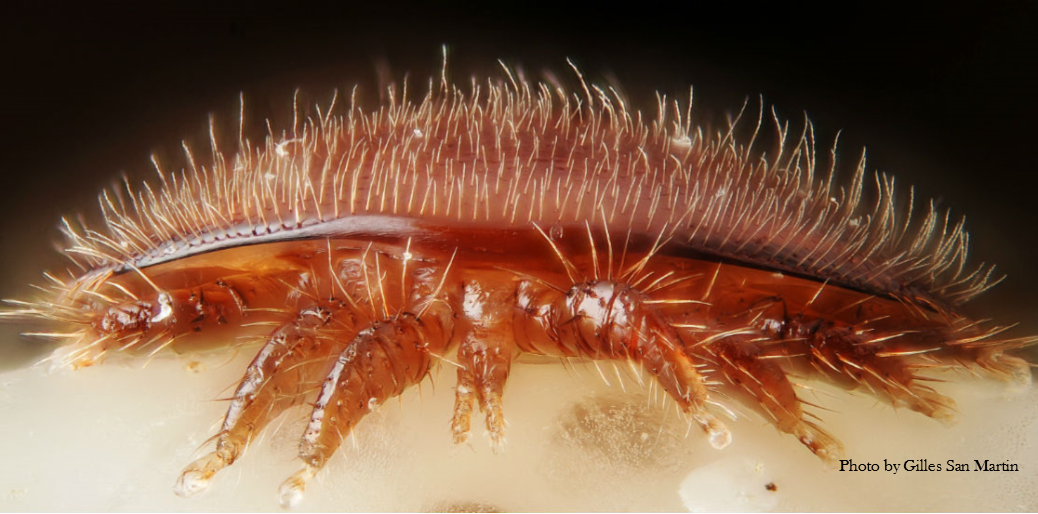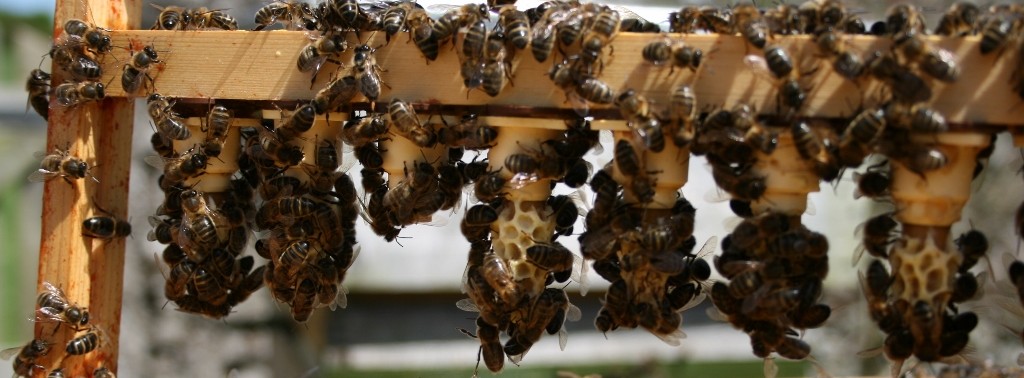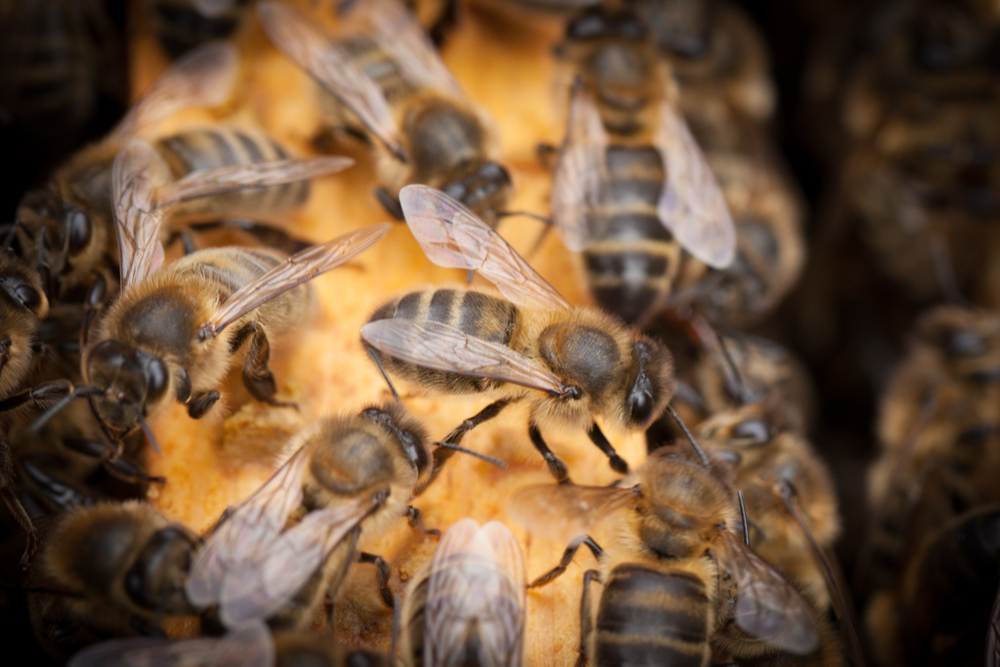The methods that bees use to cope with Varroa are the subject of much research. The ones we know about fall into two broad categories: Grooming and Hygienic Behaviour… Continue reading Varroa Resistant Bees
Category Archives: Bee Breeding
Queen Rearing – How to Graft
Grafting is often seen as highly technical and an unattainable skill. It shouldn’t be though – because it isn’t – it’s just practice and knack.
After all, the aim is simple enough: – to transfer a young larva from one cell to another. How difficult can it be?
To maximise success you need to sit down and think for a bit though. Consider how to choose your larvae, which grafting tool to use and how to set up your rearer colony. Then get stuck in – what’s to lose? Continue reading Queen Rearing – How to Graft
How to use your Jenter Kit
Once you have your Jenter Kit set up you are ready to put it into action. Click here if you need the Jenter Kit Set Up instructions
Click here for a timetable to use your Jenter kit with a Cloake board system
How to Introduce a queen bee to an Apidea
Mostly Apideas are used to rear queens from queen cells. However, there are occasions when you may want to introduce a laying queen or a virgin into an established Apidea.
Here’s a simple introduction method: Continue reading How to Introduce a queen bee to an Apidea
Quick queen bee introduction – Paper Bag Method
Introducing a new queen can be a tedious, long-winded process. Here’s a good quick method of introducing her 1 hour after removing the old one. No seven day gap, no removing of queen cells, no stressed bees. Yes, it works – I’ve tried it.
Here’s what to do: Continue reading Quick queen bee introduction – Paper Bag Method
Cloake Board Method of Queen Rearing
A Cloake board is an essential piece of kit for anyone considering rearing their own queens. The method utilises a queen-right colony ensuring the best quality queens.
Click here for a timetable for the Cloake board system Continue reading Cloake Board Method of Queen Rearing
Irish Queen Bees for Sale
Sorry – sold out for 2015
Native Irish queen bees for sale (Apis mellifera mellifera) – ready now.
Selected for good temperament, productivity and low-swarming. Click here for more about JanesBees
Contact Jane info@beespoke.info
Click here for more about the Native Irish Bee
Click here for Bee Improvement
Click here for Colony Assessment
Click here for Colony Appraisal
How to set up your Jenter Kit
Here’s how to set up your Jenter kit. It’s how I did mine and that’s now working well.
By the way, be warned – the bees won’t like it when it’s new and the queen will be reluctant to lay into it. So get it set up and into a strong colony to get it drawn out and smelling beeish before you trot the queen into it. Continue reading How to set up your Jenter Kit
How to improve your bees
There are all sorts of bees for sale out there – Buckfast, Carniolan, Italian, Russian, Greek – you name it but how can they possibly be better than the locals on their home turf? Think about it, think about the risks in importing diseases and god knows what-all else. Don’t import bees – improve your own.
Click here for more information on the Native Irish Bee.
Here’s how and it isn’t difficult. In fact it’s fun and very rewarding – you will see real results year on year. We used to have some really horrible bees here and only a few hives of them but each year they would chase us round the garden. Now, in the middle of summer I have around 25 hives of bees here and stings are rare.
So make a start this year. Continue reading How to improve your bees
Honey Bee Colony Appraisal
When deciding which colonies you are going to breed from and which colonies you are going to cull, data recorded in Colony Assessment Sheets can be tabulated using this Colony Appraisal Sheet devised by the Galtee Bee Breeding Group. It may seem pedantic but this is an invaluable tool in bee improvement and bee breeding.
Click it for a better view: Continue reading Honey Bee Colony Appraisal




